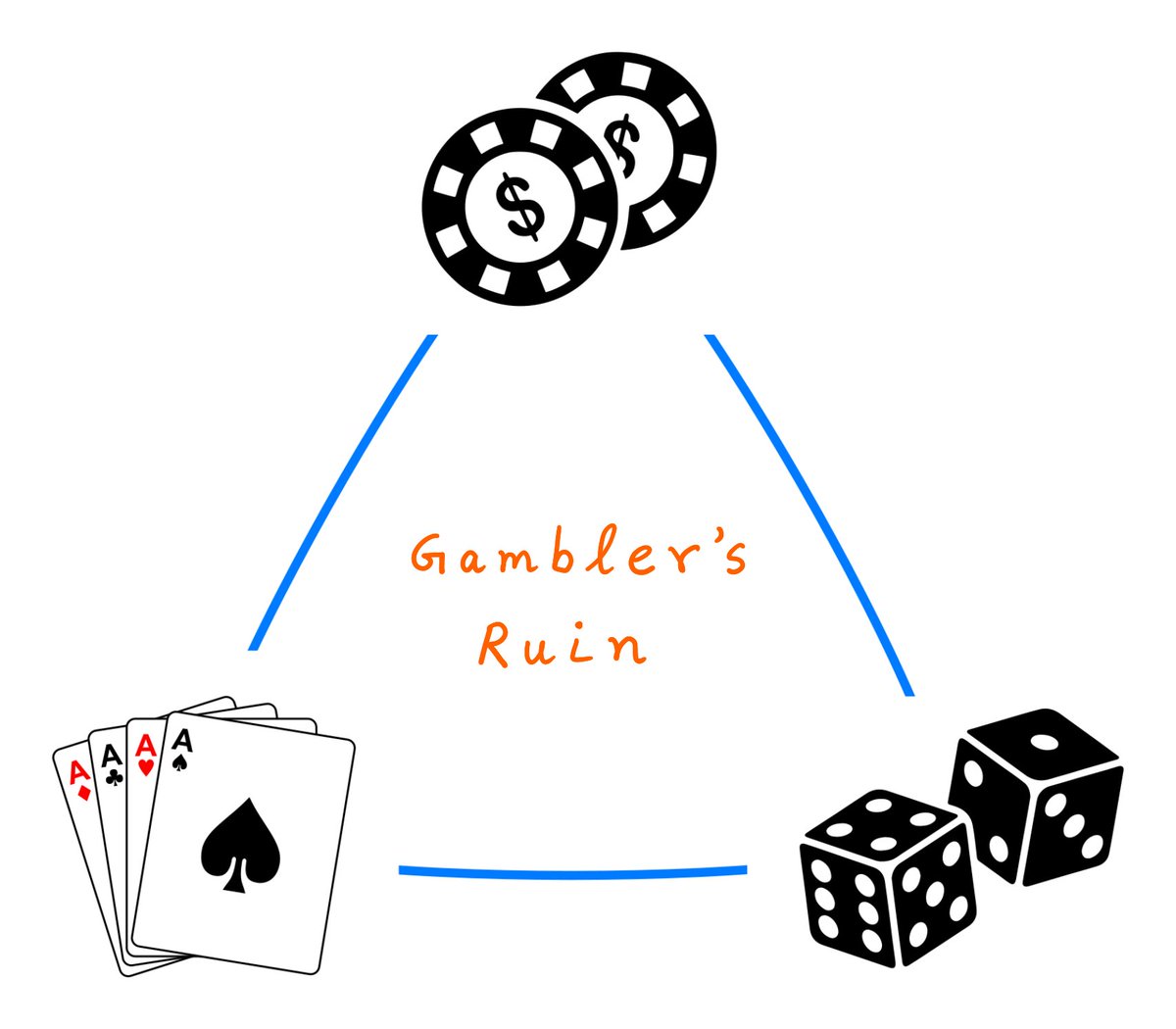Folks, here's our latest Money Concepts episode.
It's about the "magic of retained earnings" -- how businesses can create tremendous value by retaining part of their earnings and compounding it over time.
Scroll down for some ~2 minute highlights!
callin.com/link/KuNDjEYcDF
It's about the "magic of retained earnings" -- how businesses can create tremendous value by retaining part of their earnings and compounding it over time.
Scroll down for some ~2 minute highlights!
callin.com/link/KuNDjEYcDF
Highlight #1
The "Intrinsic Value" of a stock is the discounted present value of ALL future dividends from that stock.
And businesses that retain part of their earnings and compound it at a decent rate can deliver *exponential* growth in this intrinsic value over time.
The "Intrinsic Value" of a stock is the discounted present value of ALL future dividends from that stock.
And businesses that retain part of their earnings and compound it at a decent rate can deliver *exponential* growth in this intrinsic value over time.
Highlight #2
All companies eventually die.
IF a company NEVER pays a dividend from the time it is founded until its eventual death, then the Intrinsic Value of that company's shares is ZERO.
Even if the company produces growing earnings and cash flows for a period of time.
All companies eventually die.
IF a company NEVER pays a dividend from the time it is founded until its eventual death, then the Intrinsic Value of that company's shares is ZERO.
Even if the company produces growing earnings and cash flows for a period of time.
Highlight #3
Businesses typically use 3 kinds of capital: Equity, Debt, and Float.
It's NOT just insurance companies that have Float.
Payables to suppliers and employees, pre-paid revenue from customers, deferred taxes to the government -- are all examples of Float.
Businesses typically use 3 kinds of capital: Equity, Debt, and Float.
It's NOT just insurance companies that have Float.
Payables to suppliers and employees, pre-paid revenue from customers, deferred taxes to the government -- are all examples of Float.
Highlight #4
Owner Earnings is a super useful concept that Buffett described in his 1986 letter: berkshirehathaway.com/letters/1986.h…
It's the amount of *cash* an owner can take out of a business each year -- IF the owner just wants to *maintain*, and NOT *grow*, the business's earnings.
Owner Earnings is a super useful concept that Buffett described in his 1986 letter: berkshirehathaway.com/letters/1986.h…
It's the amount of *cash* an owner can take out of a business each year -- IF the owner just wants to *maintain*, and NOT *grow*, the business's earnings.
Highlight #5
Many investors judge companies on "key performance metrics" -- ROE, ROIC, Inventory Turnover, etc.
But it's not enough to just *calculate* these metrics every quarter/year.
We have to *understand* the business well enough to correctly *interpret* these metrics.
Many investors judge companies on "key performance metrics" -- ROE, ROIC, Inventory Turnover, etc.
But it's not enough to just *calculate* these metrics every quarter/year.
We have to *understand* the business well enough to correctly *interpret* these metrics.
About Money Concepts
We're a virtual investing club. Our goal is to help each other become better investors.
We meet Sundays at 1pm ET via @getcallin, to discuss all things investing.
Join us. Get the app. Subscribe. Tell your friends.
It's FREE.
callin.com/show/money-con…
We're a virtual investing club. Our goal is to help each other become better investors.
We meet Sundays at 1pm ET via @getcallin, to discuss all things investing.
Join us. Get the app. Subscribe. Tell your friends.
It's FREE.
callin.com/show/money-con…
• • •
Missing some Tweet in this thread? You can try to
force a refresh











